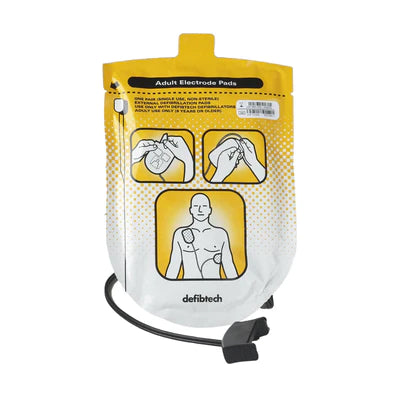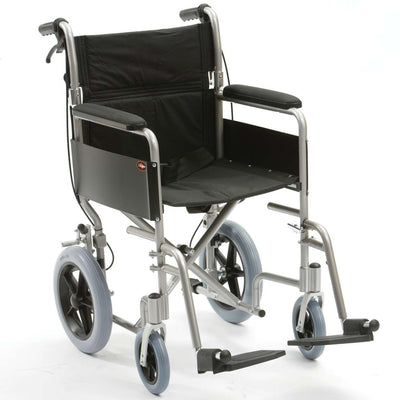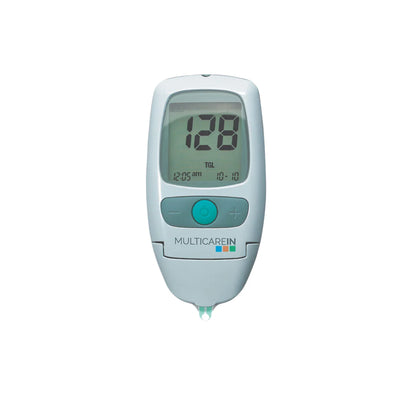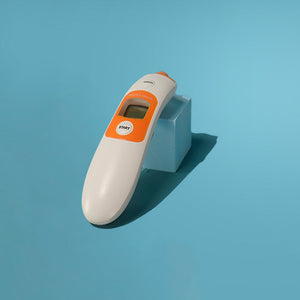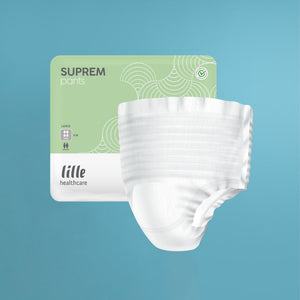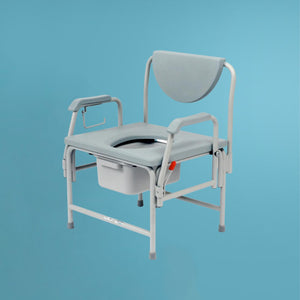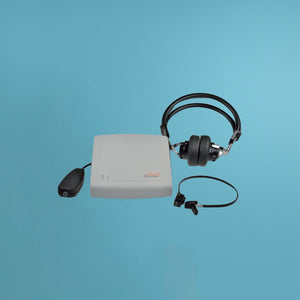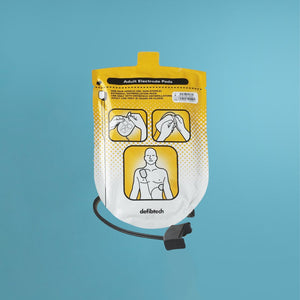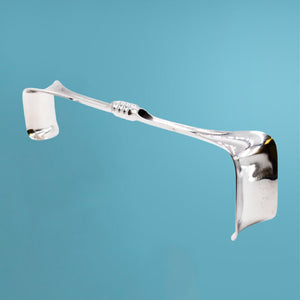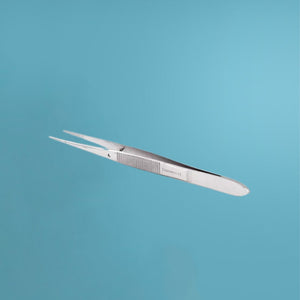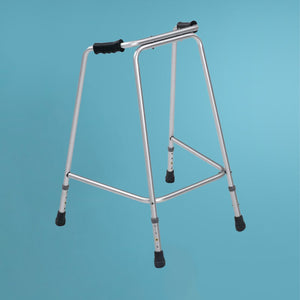Infrared light therapy, or IRR (Infrared Radiation), is a non-invasive, drug-free alternative treatment offering numerous health benefits. From alleviating pain and reducing muscle tension to improving skin health and supporting weight loss, infrared light therapy is gaining popularity for its diverse range of applications and proven effectiveness.
This comprehensive guide explores the science behind IRR therapy, its various benefits, and how to utilize this healing modality effectively.
What is IRR Therapy?
Infrared light therapy involves using infrared radiation to deliver targeted heat energy into the body. This energy, invisible to the naked eye, falls on the electromagnetic spectrum between visible light and microwave radiation.
IRR therapy exposes the body to infrared wavelengths, penetrating the skin and tissues and promoting various biological processes and therapeutic effects.
There are three types of infrared light – near-infrared, mid-infrared, and far-infrared. Each type displays different properties and depths of penetration, making them suitable for addressing different health concerns. Infrared light therapy devices, such as lamps, saunas, and handheld devices, typically utilize one or a combination of these wavelengths to deliver the desired health benefits.
How Does Infrared Light Therapy Work?
Infrared light therapy works by emitting infrared radiation, which penetrates the body's tissues, muscles, and joints without causing any harm to the skin or other sensitive areas.
Once absorbed, the infrared wavelengths trigger a series of biological processes within the body, including increased circulation, relaxation of the muscles, and stimulation of the body's natural healing mechanisms.
At the cellular level, infrared light can activate mitochondrial responses, increasing the production of adenosine triphosphate (ATP) – the molecule responsible for providing energy to cells. As a result, infrared light therapy can optimize cellular functions, stimulate tissue repair, and promote overall better health.
What are the Benefits of Infrared Light Therapy?
Infrared light therapy offers a wide range of benefits, which can improve various aspects of an individual's physical and mental well-being. Here, we delve into some of the most notable benefits of this alternative healing modality.
1. Enhanced Detoxification
Detoxification is an essential process that helps the body eliminate harmful substances and maintain optimal health. Infrared light therapy can promote detoxification by increasing core body temperature, which leads to increased sweating – a crucial mechanism for removing toxins through the skin.
As a result, infrared light therapy can help cleanse the body and promote overall wellness.
2. Pain Relief
One of the most sought-after benefits of infrared light therapy is its ability to reduce pain. The heat from infrared radiation can penetrate deep into the tissues, muscles, and joints, alleviating inflammation, reducing muscle tension, and promoting relaxation.
Consequently, it can effectively mitigate pain caused by various conditions, such as arthritis, muscle strains, or nerve injury.
3. Reduction of Muscle Tension
Infrared light therapy can help alleviate muscle tension and stiffness by promoting relaxation and enhancing blood flow to the affected areas. The increased circulation enables increased oxygen and nutrient delivery to the muscles, facilitating faster recovery and reducing discomfort.
Hence, infrared light therapy can be a valuable tool for athletes, individuals with chronic pain, or those who experience physical exertion in their daily activities.
4. Relaxation
The deep, penetrating heat offered by infrared light therapy can soothe the body and promote deep relaxation. As the body absorbs the infrared wavelengths, it can experience a gentle warming sensation that helps relieve stress and tension.
In addition, the increased blood flow and muscle relaxation induced by the therapy can help create a calming effect on the nervous system, promoting overall mental well-being.
5. Improved Circulation
Infrared light therapy can stimulate better blood flow by causing blood vessels to dilate, enabling increased oxygen and nutrient delivery to the cells. Enhanced circulation can improve overall health, promote tissue repair, reduce inflammation, and support the body's healing ability.
6. Weight Loss Support
Infrared light therapy can also support weight loss goals by elevating core body temperature, increasing the metabolic rate, and promoting perspiration. The higher energy expenditure induced by the therapy can contribute to burning calories and, when combined with a healthy lifestyle and appropriate exercise, support overall weight management.
7. Skin Purification
Infrared light therapy has been recognized for its positive effects on skin health. The increased circulation and detoxification promoted by the therapy can contribute to healthier-looking skin due to enhanced nutrient delivery and toxin elimination.
Moreover, infrared light can stimulate collagen production, helping minimize the appearance of fine lines and wrinkles and improving overall skin elasticity.
8. Lowered Side Effects of Diabetes
Infrared light therapy can support individuals with diabetes by improving circulation, enhancing wound healing, and reducing inflammation. Enhanced blood flow can help alleviate common diabetic symptoms, such as numbness, tingling, or pain in the extremities.
Moreover, by promoting tissue repair and reducing inflammation, infrared light therapy can benefit diabetic wound care.
9. Boosted Immune System
Infrared light therapy can contribute to a stronger immune system by increasing core body temperature and promoting better circulation. The heat generated by the therapy can simulate a mild fever, activating immune responses and promoting the production of white blood cells, which defend the body against infections and diseases.
10. Lowered Blood Pressure
Infrared light therapy can contribute to lowering blood pressure levels by improving circulation and promoting the relaxation of blood vessels. With consistent use, the therapy can help reduce hypertension, decreasing the risk of developing cardiovascular-related issues.
11. Stress Reduction
Exposure to infrared light can stimulate the production of endorphins. These natural "feel-good" hormones help combat stress and promote well-being. Infrared light therapy and its relaxation benefits can effectively manage stress and promote mental health.
12. Improved Sleep Quality
Infrared light therapy can improve sleep quality by promoting relaxation, reducing pain, and alleviating stress. The deep, penetrating heat from the therapy can help induce relaxation, making it easier for individuals to fall asleep and enjoy uninterrupted, restorative sleep.
13. Accelerated Healing and Recovery
Infrared light therapy can facilitate faster healing and recovery from injuries, surgery, or intense physical exertion by increasing circulation, promoting tissue repair, and reducing inflammation. Consequently, athletes, patients recovering from surgery, or individuals with chronic pain can benefit from infrared light therapy as it supports the body's natural healing processes.
14. Enhanced Lymphatic System Function
The lymphatic system, which plays a crucial role in detoxification and maintaining the body's fluid balance, can benefit from infrared light therapy. Infrared light therapy can contribute to a more efficient and better-functioning lymphatic system by stimulating lymphatic drainage and reducing inflammation.
15. Increased Energy Levels
Lastly, infrared light therapy can increase overall energy levels by promoting better circulation, supporting the production of ATP, and reducing the body's fatigue-causing toxins. As a result, regular use of infrared light therapy can leave individuals feeling more energetic and revitalized.
How to Use Infrared Light Therapy?
Infrared light therapy is available in various forms, such as handheld devices, lamps, saunas, and specialized treatment centers. How to use infrared light therapy will largely depend on the type of device employed and the specific health concern being addressed.
Handheld devices or infrared lamps can be used for targeted treatment, ensuring the infrared light is directed at the affected area for the recommended duration.
Alternatively, infrared saunas or whole-body systems can be used for more comprehensive therapeutic benefits, such as detoxification, stress reduction, and relaxation.
Before starting infrared light therapy, consult a healthcare professional to determine the appropriate treatment wavelength, duration, and intensity for your specific needs and concerns.
How Often Can You Use Infrared Light Therapy?
There is no one-size-fits-all answer to how often infrared light therapy should be used, as it depends on the individual's specific needs, health goals, and device type. However, for most individuals, treatments can range from 2-3 times per week to daily sessions, depending on the desired results and the recommendations of a healthcare professional.
It is essential to follow the device manufacturer's guidelines and the advice of a trained professional to determine the appropriate frequency and duration of treatments for optimal results and safety.
Conclusion
Infrared light therapy is a versatile, non-invasive, pain-free alternative treatment option offering impressive health benefits. By understanding what infrared light therapy is, how it works, and how to use it effectively, individuals can harness the power of this therapeutic modality to enhance their physical and mental well-being.
With its myriad advantages, including pain relief, detoxification, improved circulation, and overall wellness promotion, infrared light therapy is an exceptional addition to any holistic wellness routine.


